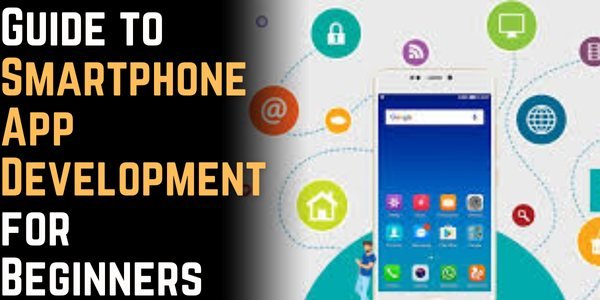With the rapid growth of mobile technology, smartphone apps have become an essential part of daily life. From social media and gaming to productivity and finance, apps shape the way we interact with the digital world. If you’re new to app development, this guide will help you understand the fundamentals of building a mobile application from scratch.
1. Understanding the Basics of App Development
Before diving into coding, it’s essential to understand the two main mobile platforms:
- Android (Google Play Store) – Built using Java or Kotlin
- iOS (Apple App Store) – Developed using Swift or Objective-C
Alternatively, cross-platform development frameworks like Flutter, React Native, or Xamarin allow you to build apps for both platforms with a single codebase.
2. Defining Your App Idea and Target Audience
Before development begins, you need to:
- Identify the problem your app will solve.
- Research your target audience and competitors.
- Create a list of essential features and functionality.
A well-defined idea ensures that your app meets market demands and user expectations.
3. Choosing the Right App Development Approach
There are three primary approaches to app development:
- Native Apps: Built specifically for iOS or Android, offering the best performance and user experience.
- Hybrid Apps: Use web technologies (HTML, CSS, JavaScript) wrapped in a native shell, working across multiple platforms.
- Progressive Web Apps (PWAs): Web-based apps that function like native apps but do not require installation.
Choosing the right approach depends on your budget, timeline, and technical skills.
4. Setting Up Your Development Environment
To start coding, install the required tools:
- Android Development:
- Install Android Studio
- Learn Java/Kotlin
- Use Android SDK & Emulator
- iOS Development:
- Install Xcode (Mac required)
- Learn Swift
- Use iOS Simulator
For cross-platform development, install:
- Flutter (Dart language)
- React Native (JavaScript/TypeScript)
5. Designing a User-Friendly Interface (UI/UX)
A good app should be:
Easy to navigate
Visually appealing
Optimized for performance
Use tools like Figma, Adobe XD, or Sketch to design a user-friendly interface before coding. Follow best practices for accessibility, color schemes, and typography.
6. Writing Code and Implementing Features
Once the UI is designed, start coding the app’s core functionality, including:
- User authentication (Login/Signup)
- Database management (Firebase, SQLite, MongoDB)
- API integration (Fetching real-time data from a server)
- Push notifications and background services
If you’re using Flutter or React Native, frameworks provide pre-built components that speed up development.
7. Testing Your App for Bugs and Performance Issues
Testing ensures that your app is:
Bug-free
Fast & responsive
Compatible with different devices
Use tools like:
- Android Emulator & Xcode Simulator (for basic testing)
- TestFlight (iOS) & Firebase Test Lab (Android) for real-world testing
- Automated testing tools like Selenium or Appium
8. Deploying Your App to the Play Store & App Store
Once tested, it’s time to publish your app:
- Android: Submit the app to Google Play Console and pay a one-time $25 fee.
- iOS: Submit to Apple App Store via App Store Connect, which requires a $99 annual developer fee.
Both platforms review your app before approval, so ensure it meets all guidelines.
9. Marketing and Monetization Strategies
After launching, promote your app using:
Social media ads (Facebook, Instagram, Twitter)
App Store Optimization (ASO) – Use relevant keywords to rank higher
Influencer partnerships & content marketing
To monetize your app, consider:
In-app purchases
Subscription models
Advertisements (Google AdMob, Facebook Ads)
10. Updating and Maintaining Your App
Successful apps require regular updates to:
Fix bugs & security issues
Improve performance & user experience
Add new features based on user feedback
Monitor user reviews & analytics to enhance your app continuously.
Final Thoughts
Smartphone app development requires creativity, patience, and technical skills, but with the right approach, you can build a successful app. Start small, experiment with basic projects, and gradually advance to more complex applications.
